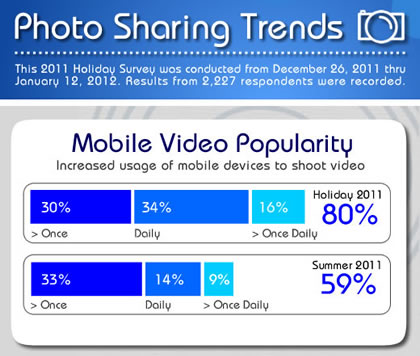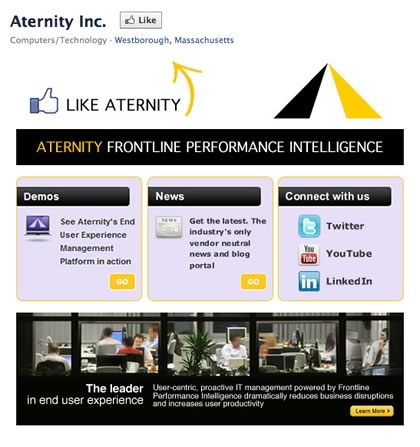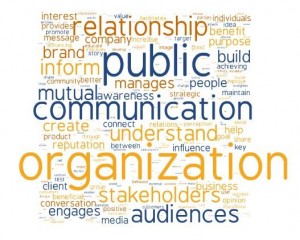Most of us take Facebook at, well, “face” value – a social network that “connects people with friends and others who work, study and live around them,” as the site itself says. But peel back the façade of friends, likes, photos, apps and more, and you’re left with an extensive data set on human social behavior that intrigues scientists and psychologists alike.
From CNN’s first-of-its-kind list of “The 12 most annoying types of Facebookers” to AllFacebook’s more recent post on “7 Facebook Personalities to Avoid” and even Vanity Fair’s take on “The Six Most Common Personality Types on Facebook,” it’s clear that we’re fascinated by the fact that human interaction has migrated online, and that it’s able to be observed so easily within the Facebook microcosm.
Consider this: Each month, more than 845 million people record and share intimate details of their daily lives, relationships and online activity through their friend connections, messages, photos, check-ins, and clicks. Couple that with predictions that the number of active Facebook users will reach 1 billion in 2012, and you can’t help but ponder the common thread that unites approximately one-seventh of the entire world population, inspiring them to share so freely and publicly.
 Well, according to several Harvard University psychologists, there’s a definitive reason behind why we like to reveal our thoughts, views and opinions to friends, near and far. The research, which was recently published in the Proceedings of the National Academy of the Sciences by Diana Tamir and Jason Mitchell of Harvard’s Department of Psychology, even went as far as to claim that humans devote a surprising 30–40 percent of speech output solely to informing others of their own subjective experiences.
Well, according to several Harvard University psychologists, there’s a definitive reason behind why we like to reveal our thoughts, views and opinions to friends, near and far. The research, which was recently published in the Proceedings of the National Academy of the Sciences by Diana Tamir and Jason Mitchell of Harvard’s Department of Psychology, even went as far as to claim that humans devote a surprising 30–40 percent of speech output solely to informing others of their own subjective experiences.
Why, exactly, are we compelled to do so? The act of disclosing this information about ourselves actually triggers the same pleasure centers in the brain that are activated by fundamental rewards such as food and sex, according to the study. Throughout the course of their experiments, the pair even found that some of the participants were willing to forgo money in place of disclosing information about their personal experiences!
Tie this back to us and our use of social media – and Facebook, in particular – as PR professionals and marketers, and we can get a much better idea of how to use these tools to connect with (versus broadcast at) target audiences, encouraging them to raise their voice and join in the conversation. And the more we practice this golden rule of social networking – keeping it about “them” not “us” – the more mutual success and satisfaction we’ll find in these relationships, both online and off.
How do you feel about sharing online, and do you have any particular best practices to share regarding personal/professional content? We’d love to hear your thoughts in the comments below.
 David Murdico at AdAge thinks that too many brands are setting up social media “playgrounds” where fans get to play on the swings and see-saws while the company stays off to the side, just watching. In his recent post he asks Does Your Brand’s Personality Come Through In Social Media? and encourages brands to jump in and have some fun.
David Murdico at AdAge thinks that too many brands are setting up social media “playgrounds” where fans get to play on the swings and see-saws while the company stays off to the side, just watching. In his recent post he asks Does Your Brand’s Personality Come Through In Social Media? and encourages brands to jump in and have some fun. Social Media in business can be a great way to get in touch and stay in touch with clients, but there is a method to the madness. ClikCloud founder Dan Shapriro offers suggestions on how to create a positive, engaging social media presence in How To Include Social Media Business via CRN.
Social Media in business can be a great way to get in touch and stay in touch with clients, but there is a method to the madness. ClikCloud founder Dan Shapriro offers suggestions on how to create a positive, engaging social media presence in How To Include Social Media Business via CRN.















